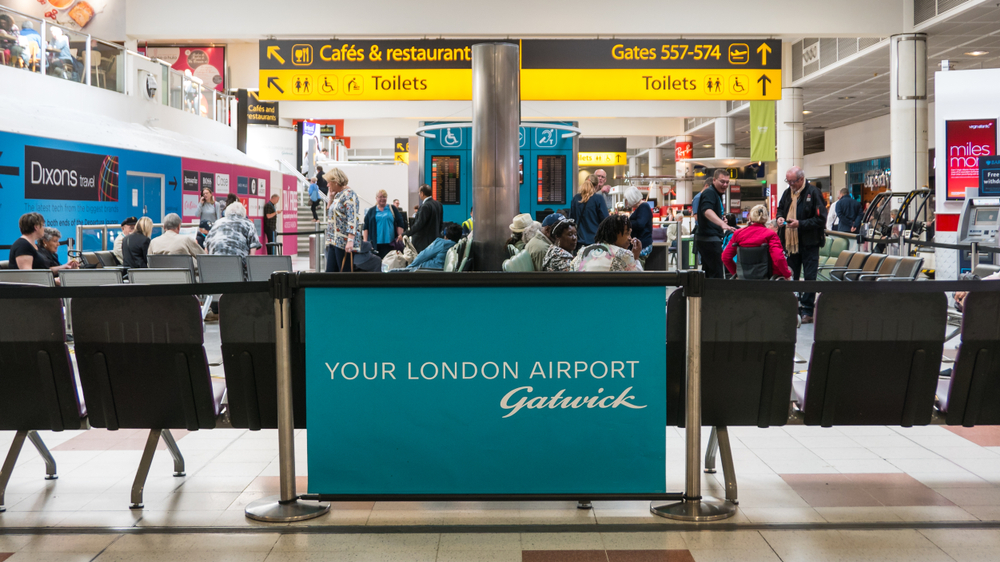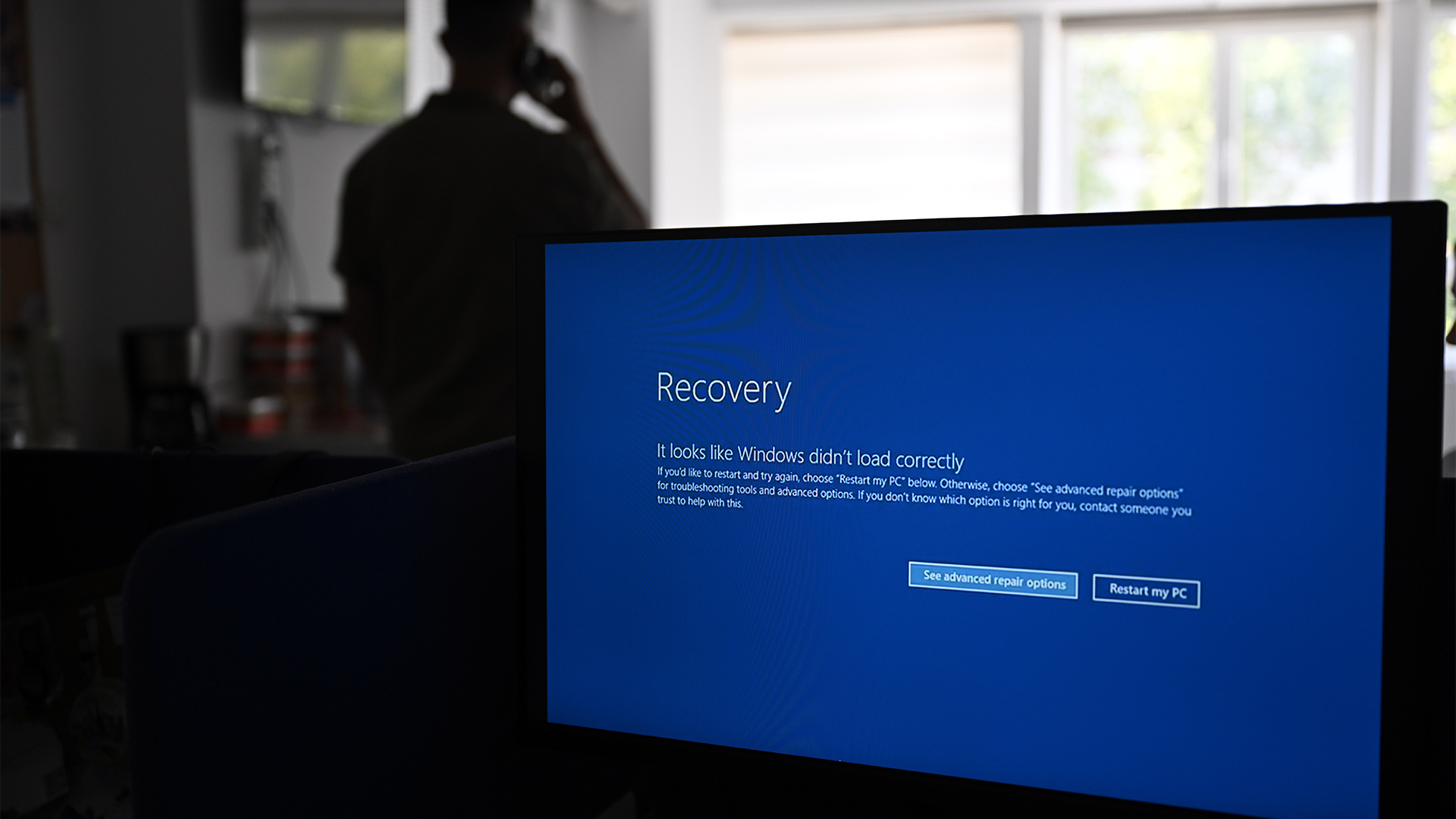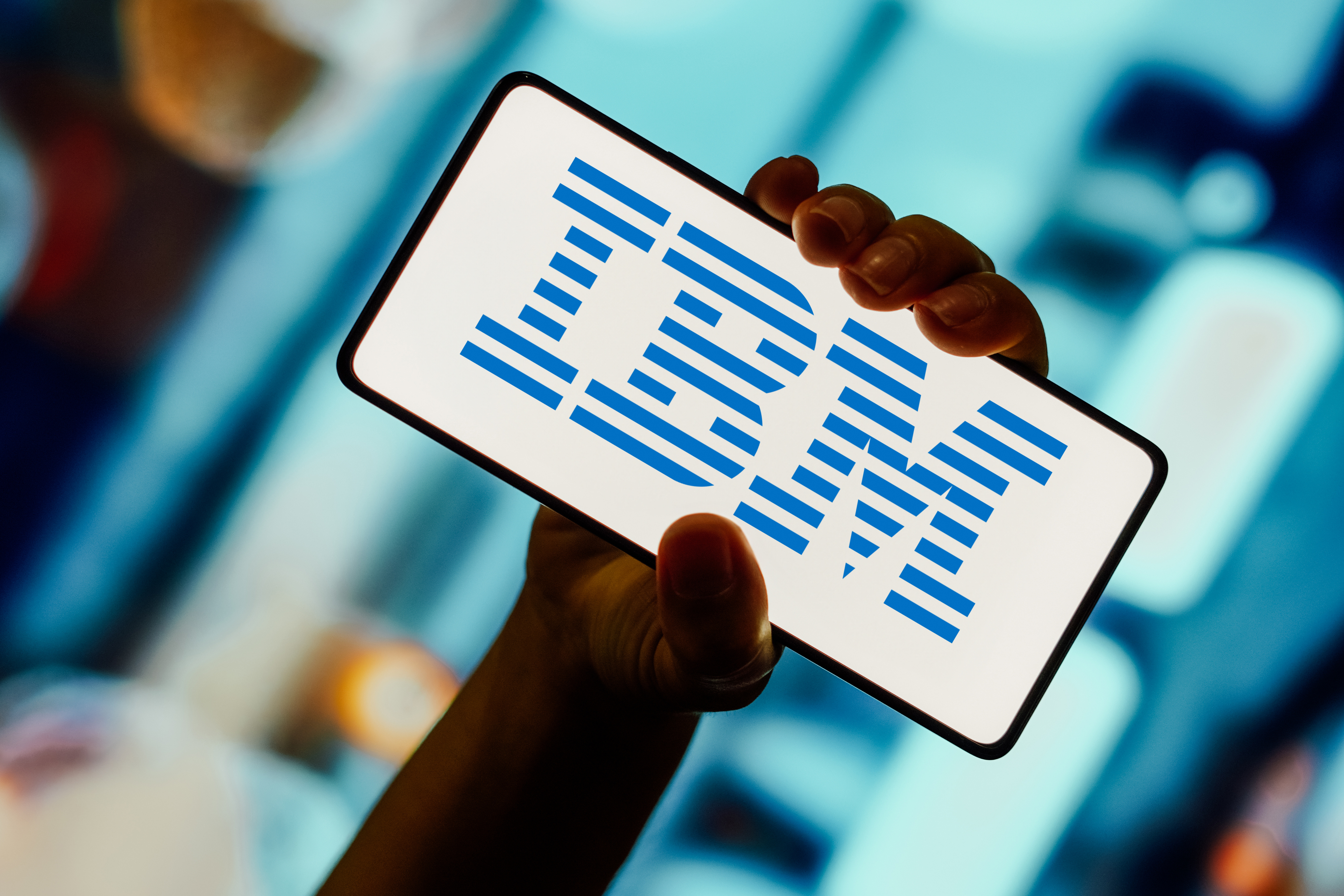Gatwick Airport modernises network in a $15m deal with HPE
How CIO Cathal Corcoran ensured the 18-month project avoided a bumpy landing

When ageing infrastructure was preventing Gatwick Airport's modernisation drive, it turned to HPE to help transform its entire network in just 18 months without any downtime.
The project's urgency was dictated by Gatwick's old network rapidly approaching end-of-service-life, as well as the need to upgrade cyber defences and support a denser deployment of cameras, sensors and other technologies across the airport.
An added dimension to the complexity of the rollout came from the fact that the airport couldn't afford to have its daily operations impacted by downtime, a challenge not many companies let alone airports would readily take on.
"My appetite for risk is maybe higher than [our] competitors," acknowledges Gatwick's CIO, Cathal Corcoran.
If the core functions of an airport are to ensure planes fly, passengers get where they're going, and their bags get there with them, then a modern airport also serves as a "glorified shopping mall", Corcoran contends, as well as a building site. "We're always knocking something down, we're always building something."
Gatwick required a modern foundation to support all these operations, but the trouble was that its previous network wasn't up to scratch.
"It was running well and silently but with a lot of manual intervention - it took a lot of hand-holding, it took a lot of maintenance," Corcoran tells IT Pro.
Get the ITPro daily newsletter
Sign up today and you will receive a free copy of our Future Focus 2025 report - the leading guidance on AI, cybersecurity and other IT challenges as per 700+ senior executives
However, it couldn't support the modern technology Gatwick wanted to deploy - including 4,500 CCTV cameras and a multitude of sensors to monitor everything from bin overflows to where passengers would go while waiting for their flights.
While the airport carried out RFPs with "all of the main players", Corcoran ultimately chose HPE's Aruba network in a deal worth $15 million, as well as the giant's IT services arm, Pointnext, as its implementation partner.
"The key reason we went for it was the end-to-end offering, and by that I mean the strategy we bought was HPE kit, HPE architecture, HPE design, and it was the HPE Pointnext organisation that put it in," he says.
Moonlight maintenance
To meet the 18-month deadline, Pointnext and Gatwick's own engineers worked in four-hour windows overnight to take out between 40 and 50 switches for up to four days every week, compared to between four and six per night on a more conventional network implementation.
Making the timescale harder to stick to was the fact that Corcoran's team had to avoid bank holidays when the airport sees a spike in travel and that the four-hour window included two hours for rollbacks. The team also had to "roll with operational issues", flexing around any airfield problems the airport experienced.
The stakes were high. Any errors made in these overnight windows could impact the first wave of planes leaving Gatwick the next morning, which could create a domino effect of delayed departures almost certainly making the news headlines.
"If you get this wrong the airport is going to have a very, very bad day and that may continue into a second bad day," confirms Corcoran.
He and Gatwick's incident management team organised airport-wide "fire drills" to ensure everyone from baggage handlers to retail employees knew the manual processes in the event of a network outage, to mitigate the risk of any downtime, something he believes enabled the project to move as fast as it did.
Despite the challenges, Pointnext and Gatwick completed the deployment on time in March 2018, racking up 10,000 man hours in the process.
Marc Waters, MD of HPE UK & Ireland, tells IT Pro: "What was impressive on this was the speed. A core network refresh of a 24/7 operation delivered in 18 months... requires teamwork and courage on both sides, at all levels, from the team on the ground, the programme management team and the senior team in terms of delivering it."
Cutting down plane turnaround times
With hundreds of VPNs to support multi-tenancy, capacity for the routing of millions of IPv4 addresses, dozens of 12900E switches, and hundreds of HPE 5930 and Aruba 2930M switches, Gatwick is now realising the benefits of the Aruba network.
They range from the "less sexy" jobs like monitoring bin levels to more transformative use cases, such as adding sensors to fuel trucks, baggage transport and planes themselves to check if a plane is being fuelled on time and baggage loaded on time, removing the delay created by human input of this data.
These will help Gatwick achieve its aim of having planes ready to fly again 30 minutes after landing, Corcoran says, which is considered best-in-class.
"We're looking at how do we do that with late inbound aircraft," he says, "because aircraft can come back to you late for a multitude of reasons like being late from where they came from, bad weather, flight controller strikes."
Another goal is to analyse 'passenger flow' through the airport, and sell that data to retailers so they can better target potential customers.
Gatwick is using a third party SaaS analytics firm on top of the Aruba Wi-Fi network to look at where passengers go, down to details like "why do they turn left instead of right".
This strengthens another role the airport plays that of IT reseller. "We sell IT services off the back of this," says Corcoran. "We sell IT services to the easyJets of this world, the BAs of this world, the Jamie Olivers of this world."
"What we've been able to achieve here is pretty staggering," adds Waters. "But a lot of that comes down to Gatwick in terms of the technology department here the degree of ambition around what this airport can achieve with technology, and the degree of courage to push the boundaries and go quickly."
Picture of Gatwick Airport/Credit: HPE/J Milstein
-
 Asus ZenScreen Fold OLED MQ17QH review
Asus ZenScreen Fold OLED MQ17QH reviewReviews A stunning foldable 17.3in OLED display – but it's too expensive to be anything more than a thrilling tech demo
By Sasha Muller
-
 How the UK MoJ achieved secure networks for prisons and offices with Palo Alto Networks
How the UK MoJ achieved secure networks for prisons and offices with Palo Alto NetworksCase study Adopting zero trust is a necessity when your own users are trying to launch cyber attacks
By Rory Bathgate
-
 Optimise CX and accelerate business growth through your voice network
Optimise CX and accelerate business growth through your voice networkwhitepaper Protecting the human experience in a digital world
By ITPro
-
 Enterprises are doubling down on IT optimization strategies – and it’s delivering huge financial returns
Enterprises are doubling down on IT optimization strategies – and it’s delivering huge financial returnsNews Organizations that have cracked IT cost optimization and innovation reap the rewards both financially and in terms of time to market.
By Emma Woollacott
-
 AI projects are faltering as CDOs grapple with poor data quality
AI projects are faltering as CDOs grapple with poor data qualityNews Chief data officers say they can't maintain consistent data quality, and that it's affecting AI outcomes
By Emma Woollacott
-
 IDC InfoBrief: Sustainability doesn’t need to be all stick and no carrot
IDC InfoBrief: Sustainability doesn’t need to be all stick and no carrotwhitepaper CIOs are facing two conflicting strategic imperatives
By ITPro
-
 It's been two weeks since CrowdStrike caused a global IT outage – what lessons should we learn?
It's been two weeks since CrowdStrike caused a global IT outage – what lessons should we learn?Opinion The incident on 19 July was possibly the biggest IT outage to date
By Stephen Pritchard
-
 Game-changing data security in seconds
Game-changing data security in secondswhitepaper Lepide’s real-time in-browser demo
By ITPro
-
 Unlocking the opportunities of open banking and beyond
Unlocking the opportunities of open banking and beyondwhitepaper The state of play, the direction of travel, and best practices from around the world
By ITPro
-
 Accelerated, gen AI powered mainframe app modernization with IBM watsonx code assistant for Z
Accelerated, gen AI powered mainframe app modernization with IBM watsonx code assistant for Zwhitepaper Many top enterprises run workloads on IBM Z
By ITPro